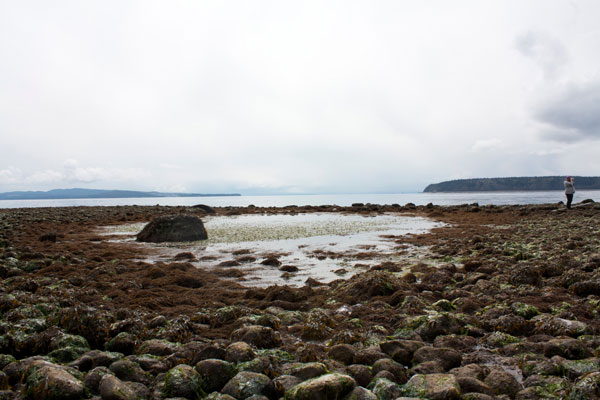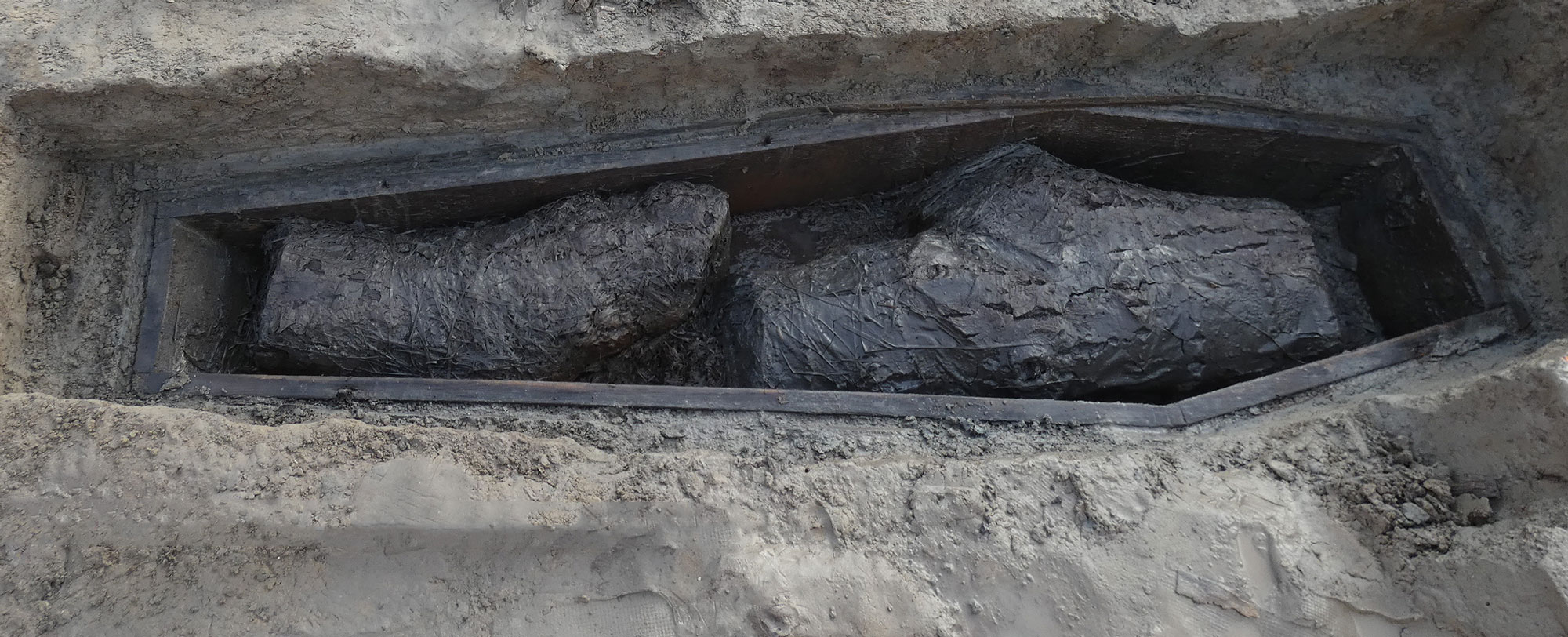COCHRANE, CANADA—According to a Cochrane Today report, archaeologists working ahead of construction on Alberta's Highway 1A have been unearthing remains of Cochrane Ranch, the first large-scale cattle ranch in Alberta, which was founded in 1881. At its apogee, the ranch covered a span of over 350,000 acres and was home to thousands of cattle. In addition to remnants of nineteenth-century buildings—including a large barn and bunkhouse—in the ranch's former administrative center, the site is also home to a pre-contact First Nations campsite, where excavations have revealed a cooking hearth and stone tools. The team plans to consult early twentieth-century photographs and province records to learn more about the original layout of the ranch, which also featured a large brick quarry. At its height right before World War I, the quarry produced over 200,000 bricks a month and supplied nearly all the bricks to the growing city of Calgary. A wide range of artifacts from the 1880s through the twentieth century have been discovered, including the crucifix from a rosary and a turn-of-the-century stove door. To read more about the archaeology of ranching, go to "Letter from Texas: On the Range."
Archaeologists Reveal Alberta's Ranching History
News August 9, 2019
Recommended Articles
Features September 1, 2011
The Edible Seascape
A reevaluation of evidence along North America's western coast shows how its earliest inhabitants managed the sea's resources.

Top 10 Discoveries of 2024 January/February 2025
Grim Evidence from the Arctic
King William Island, Canada

Digs & Discoveries July/August 2024
Medical Malfeasance

Features March/April 2022
Paradise Lost
Archaeologists in Nova Scotia are uncovering evidence of thriving seventeenth-century French colonists and their brutal expulsion

-
Features July/August 2019
Place of the Loyal Samurai
On the beaches and in the caves of a small Micronesian island, archaeologists have identified evocative evidence of one of WWII’s most brutal battles
 (Courtesy Neil Price)
(Courtesy Neil Price) -
Letter from England July/August 2019
Building a Road Through History
6,000 years of life on the Cambridgeshire landscape has been revealed by a massive infrastructure project
 (Highways England, courtesy of MOLA Headland Infrastructure)
(Highways England, courtesy of MOLA Headland Infrastructure) -
Artifacts July/August 2019
Bronze Age Beads
 (Courtesy Carlos Odriozola)
(Courtesy Carlos Odriozola) -
Digs & Discoveries July/August 2019
You Say What You Eat
 (Courtesy David Frayer, University of Kansas)
(Courtesy David Frayer, University of Kansas)


